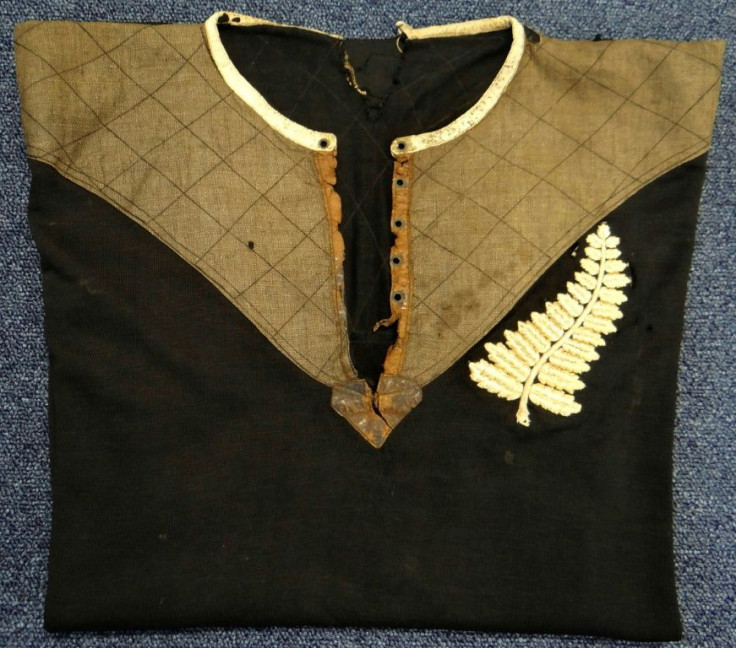'Different Type Of Rugby': How 1905 'Originals' Forged All Blacks Legend
An unheralded group of New Zealand rugby players set sail for Europe 115 years ago on a tour that would revolutionise the way the game was played and forge the All Blacks' formidable legacy.
Known in their homeland simply as "The Originals", the team was the first to use the All Blacks name and set the standards for those who followed in the famous black jersey.
In a gruelling tour that kept them away from home for eight months, the team won 34 of their 35 matches in Britain, Ireland, France and the United States.

Along the way, they amassed 243 tries, scoring 976 points and conceding just 59, attracting huge crowds with the novelty of their pre-match haka and free-flowing play.
The team's success was a source of immense pride for Kiwis and has been credited with helping develop a distinct national identity, at a time when New Zealand was still a far-flung British colony.
"The 1905 tour stands as one of the nation's defining moments, as the country isolated in the South Pacific asserted itself on the world stage, proving they were about more than simply frozen lamb," British sports historian Tom Weir wrote.
There was little hype when the steamship Rimutaka departed Wellington in July 1905 carrying a cargo of frozen mutton and about 100 passengers, including 27 rugby players.

The New Zealanders were tipped to struggle against their more fancied opponents but vice-captain Billy Stead detailed in his diary how they spent the six-week voyage undergoing rigorous training and discussing tactics.
The preparation paid dividends immediately when they thrashed Devon 55-4 in their opening fixture, generating ever-increasing interest as the lopsided scorelines continued.
"With their new formations and a refreshingly open, running style in which forwards handled as skillfully as backs, they captured the imaginations of those who saw them play," the late New Zealand historian Adrienne Simpson wrote.

Legend has it that the moniker All Blacks was coined when an admiring journalist wrote the ball-handling team played like they were "all backs" and a typographical error saw an extra "L" added into his copy.
But the New Zealand Rugby Museum rejects the explanation pointing to a contemporary newspaper report that said All Blacks was a reference to "their sable and unrelieved costume".
After the tourists accounted for Scotland and Ireland, a crowd of up to 70,000 watched them defeat England 15-0 at Crystal Palace.
The referee's whistle from that match, known as the Gil Evans whistle after the Welsh official, has since been used in the opening game of all nine Rugby World Cup tournaments.
The Test against Wales played in front of 47,000 spectators in Cardiff is still considered one of rugby's great matches.
The 3-0 defeat was the All Blacks' only loss on tour, although New Zealanders still argue Bob Deans scored a legitimate try that was incorrectly disallowed.
The match is so revered by rugby aficionados that the jersey worn by All Blacks captain Dave Gallaher sold for a then-world record 180,000 pounds (US$225,000) in 2015.
After a Test win over France, the tour wrapped up with two matches in the United States before the team was given a hero's welcome in Auckland in March 1906.
The All Blacks remain pacesetters in the modern era, winning three World Cups and enjoying a Test win rate approaching 80 percent.
Simpson said the appeal of the 1905 "Originals" was that they were "a group of ordinary blokes -- miners, farriers, farmers, bootmakers and bank clerks".
"They left this country without fanfare, sailed halfway round the world to do battle on the playing fields of Europe and America and found, on arrival, that they had invented a different type of rugby," she wrote.
© Copyright AFP 2024. All rights reserved.





















